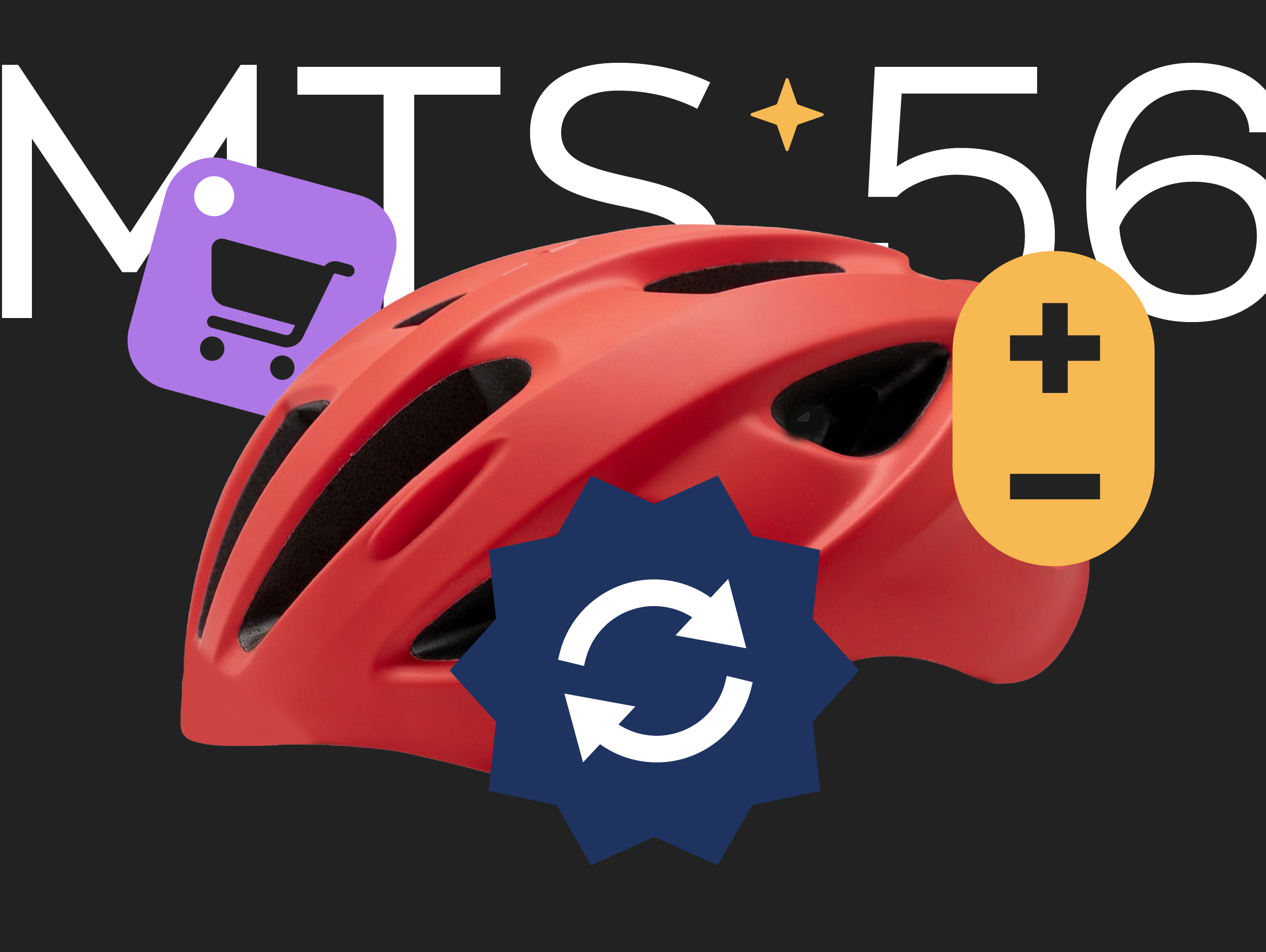It’s Tuesday. You survived Monday by the skin of your teeth but the orders keep rolling in and your people can’t keep up. “This is a good problem to have,” your friends tell you, but you’re not sure. Worst of all, you just told your best customer you could ship their order today and you’re looking at an empty shelf where their stuff should be.
Sounds like you need an inventory tracking plan, and fast.
What’s an inventory tracking plan?
You already know you need to track your inventory. In fact, if you’re reading this it’s a good bet that you got stuck with the research. It’s pretty clear that software solutions can help, but the reality of tracking inventory is a little hazy, am I right? Well you’re not alone! So how do you decide what you need to track in your new system? And where to start? There’s so much information in your business, what’s the most relevant?
The good news is that making a plan is easier than you think. The 5 steps below will help you track your inventory, cut out the extra work and get back to the task of running your business.
1. Talk to your team and find out what they do now
As the person tasked with solving the inventory problem, you’ll need all the details before you get down to making a plan. If you’re the business owner, there’s a good chance you already know what’s important to track. But even business owners need buy-in from their teams. Especially since they’ll be the ones using the program you choose.
On the flip side, if you’re new to the situation then talking to the different departments comes in handy. It gives you a starting point and some key details that will help you rule out inefficient options. Not to mention it’ll help you find the painful spots and get everyone on board with your new system.
A few good questions to get to early on:
- How do you do things now? (map this process out)
- What takes the longest?
- What is most stressful?
- When do you find yourself most rushed?
Once you’ve mapped this out you have the basics of what you’ll want to re-create in your software. The process you use in the software you choose should always match the physical steps in your warehouse or store.
2. Import! For the love of cheese, import!
This one’s easy: there is no reason to waste time entering data by hand if you already have it available. Any system for tracking product lists should be able to import that information for you. So get a list of the stuff you carry and import it. There’s nothing else to it.
3. Pretend you’re actually using the system and test it
Key in a few details like a common order you might see and check what your report looks like. Information is your friend, but this is all about saving time so figuring out what’s relevant to track (and what isn’t) is key. There are lots of things you CAN track but start small so figure out the absolute necessities. You can always start tracking more information later on. Besides, if you’re writing down your customer’s whole life story then you’re not filling their order.
See how I did that?
Testing is key to proving to the right people, that this is the right process and will be worth putting effort into.
A few good things to look at while you’re testing:
- What are the steps to entering my information (eg. Sales Order)?
- Is this easy for my team to do while filling orders?
4. Walk your team through the process
Once you’ve gathered a list of the info you need to track, it’s time to decide HOW, and that comes down to not just what you need but WHO needs it. Guaranteed there will be something you forget or that just doesn’t come up while you’re starting out. That’s where your team comes in.
Often they’ll be working with your new system too and they’ll want input. Hear them out as they’ll have good, front line suggestions and may point out things you didn’t think of. This will be easier to account for at the beginning of your process. No one wants to realize they weren’t tracking the cost of the goods they sold on December 31st when they’re doing year end!
Some things to consider:
- Do we get the information we need after this process (eg. Profit Report)?
- Now that I’ve seen the results is there anything I’m entering that I don’t need to?
- How about things I should add?
5. Be consistent
Another reason to talk the process through with your team is so everyone is on the same page and recording the same things, in the same way. It’s important to make sure that information is consistent so you can find problems easily. Inconsistent data has to be corrected and massaged periodically to clear up discrepancies. No one has time for that, especially when you’re running a business. The best defense is a good offense. So in this case you want to head off problems before the begin.
So remember your steps to a fool-proof inventory tracking plan:
- 1: Map your current process
- 2: Import information you already have
- 3: Test to remove unnecessary steps
- 4: Check it over with your team
- 5: Stay consistent
Oh, and one more thing….
BONUS: Do something awesome with the time you save!
What good is free time if you don’t get to enjoy it? Go do something fun!
Looking for a way to get yourself organized? It’s time to try inFlow Inventory. Download a free copy of the software and get started today!







0 Comments